Seal-Point (Kandy)
The first Birmans (from 1926-1950) were only seal-point (Dominant Black gene in the points). After the war, using a Blue-Persan, the dilute gene was introduced creating the Blue-Point. These two genes go together: The Seal-Point is the dominant gene and the Blue-point its dilution.

Blue-Point (JustSweetness)
The next set of color was created in the 1970 (using a chocolate-point siamese) and gave the chocolate-point (dominant gene) and then its dilution gene, the Lilac-Point.
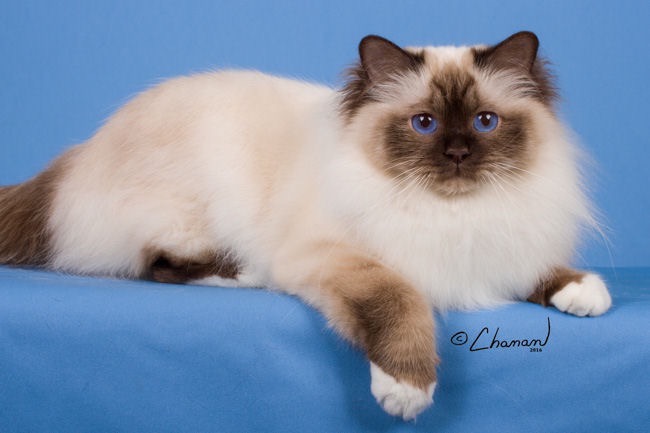
Chocolate-Point (Jewel)
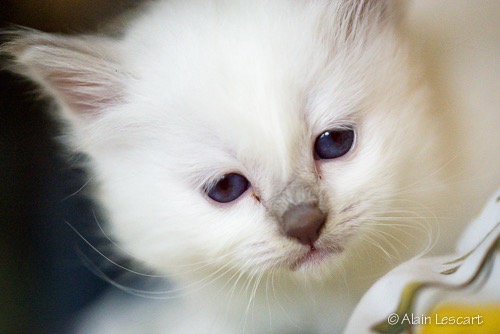
Lilac-Point Kitten (Lubelle)

Lilac-Point (Santal Kona Bean)
In the 1970-80, in Great-Britain & Germany, a new color pool was introduced with the red-point (dominant) and the cream-point (dilution).
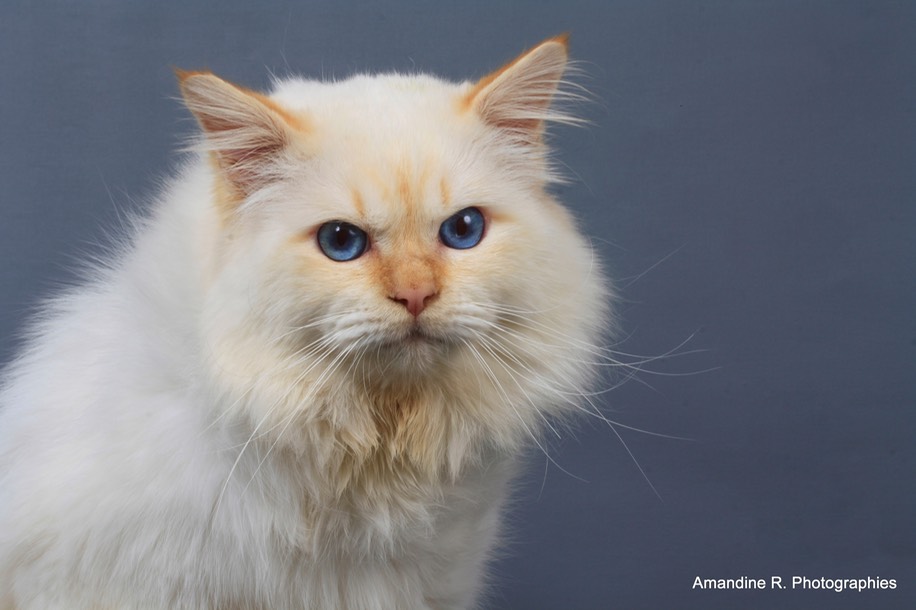
Red-Point (Igloo)

Cream-Point (Ecrevisse)
The Red-Point gene has an additional particularity for females cays: it can create a mix of color between seal, blue, chocolate, lilac and the red or cream factor, therefore creating a rainbow of color: seal-tortie point, blue-cream, Chocolate-tortie, lilac-tortie points.
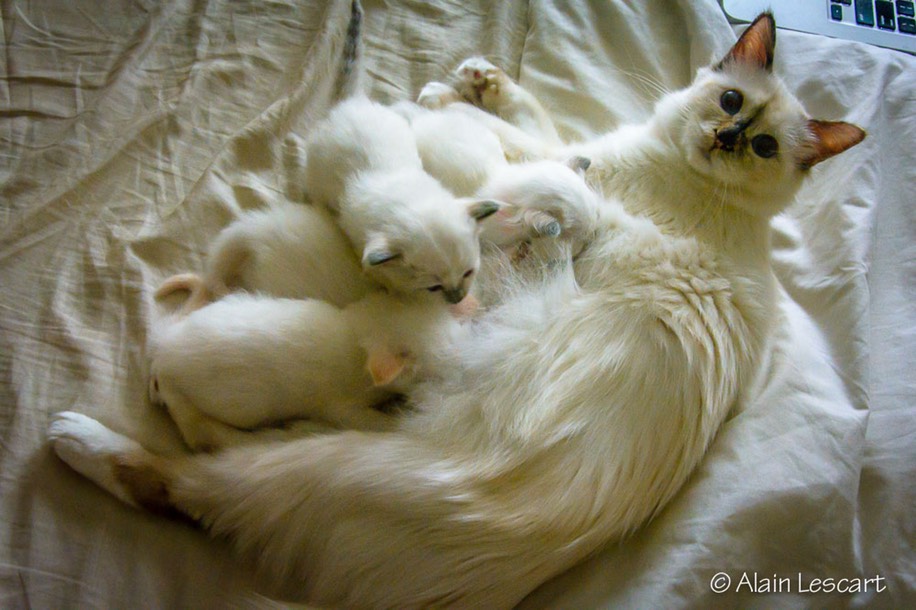
Seal-Tortie (Java)

Chocolate-Tortie (Purr-Cussion Beann)
In addition to these colors, another gene was introduced in the pool in the 1980 (in Germany - using a Persan chinchilla): The Tabby gene (tiger-face or factor agouti). This gene can also be added to any existing colros creating then a supplemental tabby look (tiger face).

Seal-Tabby (Indian Wigwam)
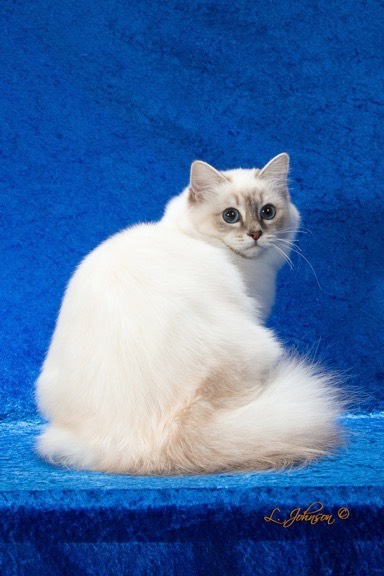
Blue-Tabby (Dovey)
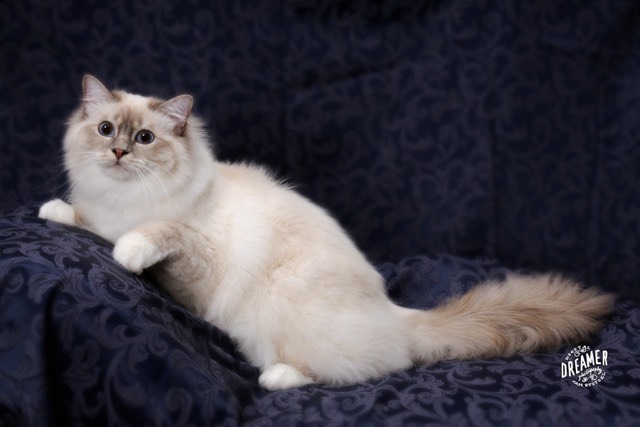
Blue-Tabby (Isaac)
